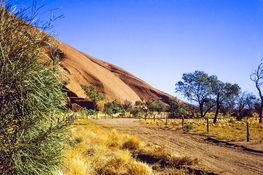John51
Member
- Joined
- May 18, 2014
- Messages
- 797
- Format
- 35mm
It should be easy enough to make one that does 6x6 in 4 shots.
A square neg carrier, when slid up against the top left corner of the light box would have the lower right portion of the neg in position to be scanned. Sliding the carrier to the top right puts lower left part of the neg in position.
Doing 6 shots would involve having the top and bottom of the light box having a notch or similar in the middle for the carrier to index to. Then it would be top left, top middle, top right etc.
A square neg carrier, when slid up against the top left corner of the light box would have the lower right portion of the neg in position to be scanned. Sliding the carrier to the top right puts lower left part of the neg in position.
Doing 6 shots would involve having the top and bottom of the light box having a notch or similar in the middle for the carrier to index to. Then it would be top left, top middle, top right etc.








